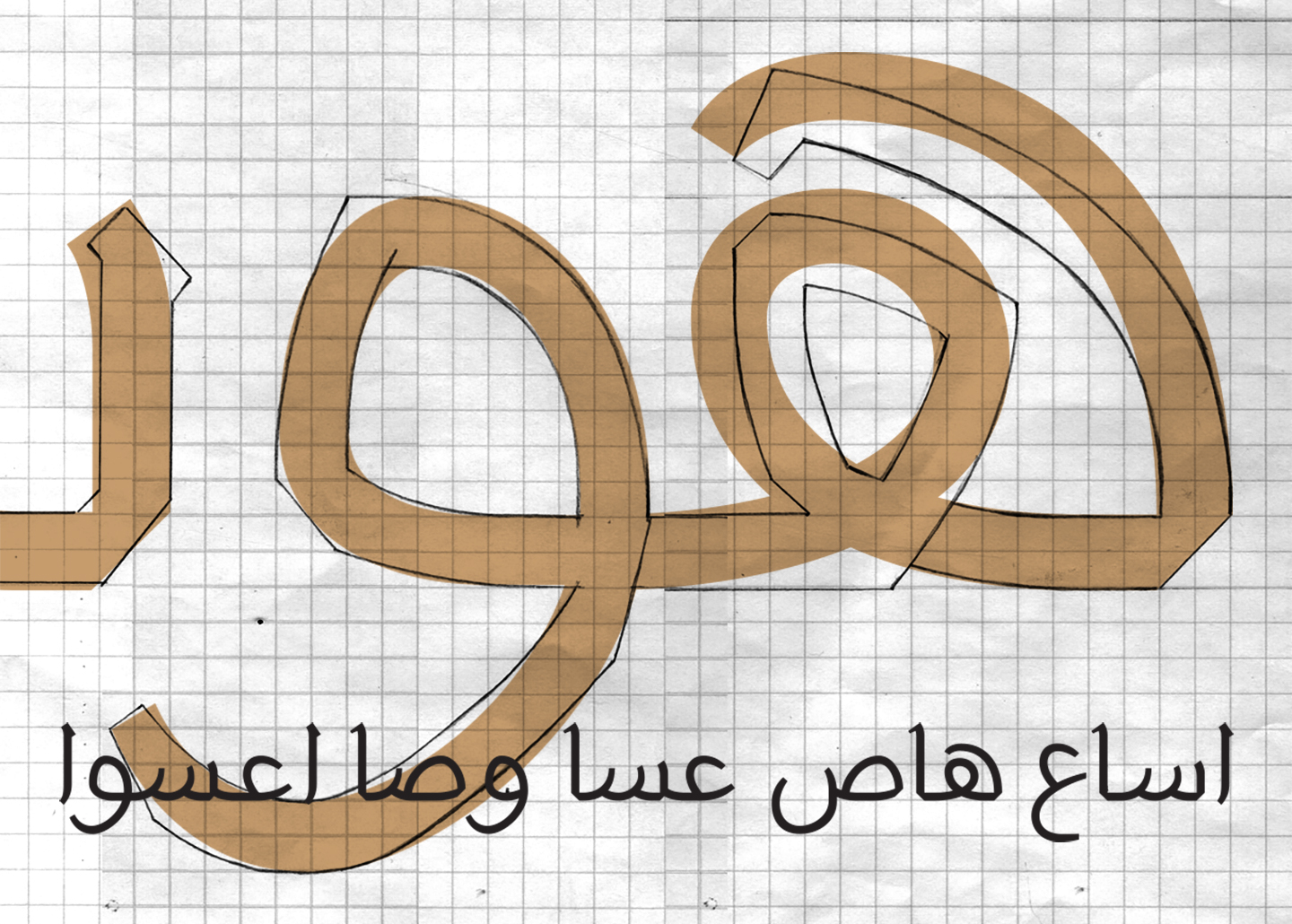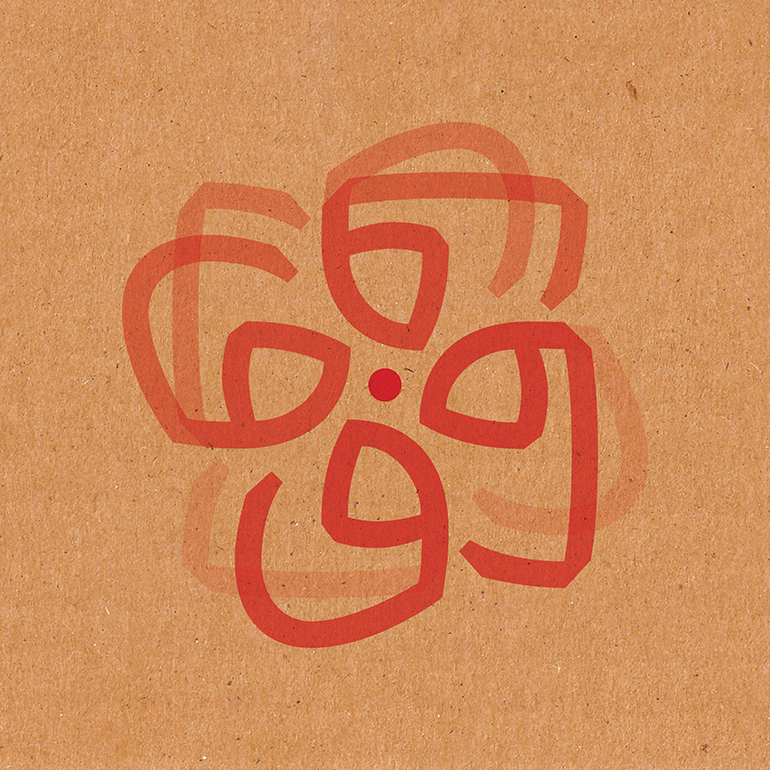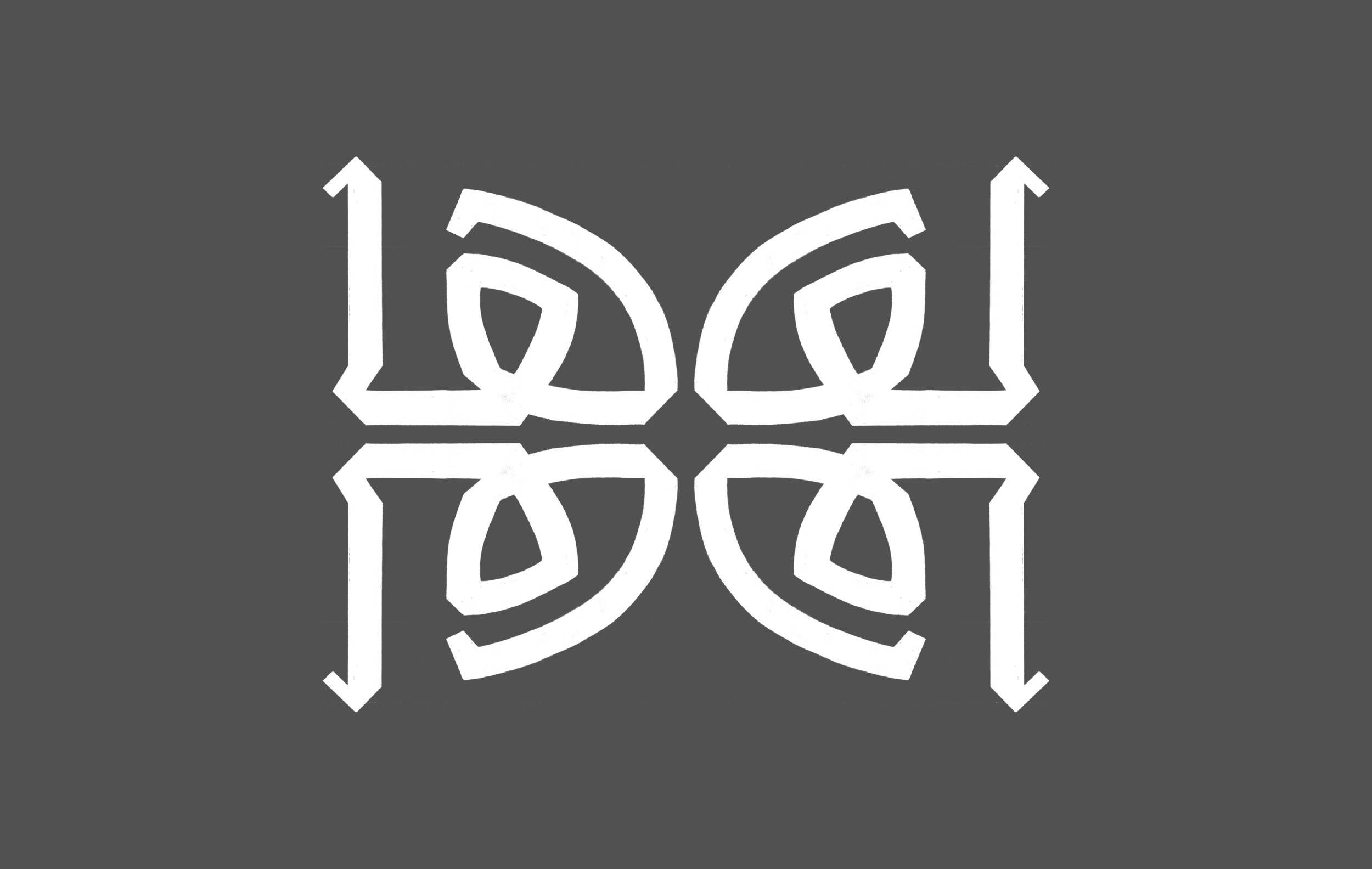It has been a while since I published my last post. I've been busy with school, and other stuff. I have one more semester to go and the thesis project is consuming a lot of time!
Also, as part of my research, I met Arabic calligraphers, type designers, teachers, and producers. I had wonderful talks, and benefited a lot from discussing my project with them. Also, I visited University of Reading in UK to meet Fiona Ross, and to check out their typography programs. They have a short course that is conducted in the summer. Also, they have another two programs; MA Typeface Design and MRes Typeface Design. I am actually considering registering for the short course during the summer! The great thing about this program is the fact that the teachers have expertise in designing Non-Latin type, including Arabic which will help me in my project!
Now back to the typeface I am designing. It was a good exercise to leave the sketches for a while and getting back to them after a while. Now that I am working on designing the letterforms again, I made new decisions, and choices. So, I thought that the letterforms I designed previously were a bit rigid. For some reason, those angles did not look OK to me. As a result, I decided to make keep the same skeleton of the letterforms, but soften the angles. I definitely like the new forms more! I still have to work on the kerning, and proportions more though.
The image above shows the old angler sketches, and the new approach overlaying them. I produced some isolated, initial, and medial forms. So far, the letterforms do not have much contrast between the thicks and thins. They are more likely to be mono weight, except for some tips, and endings of the strokes.
One more thing..
I think that this is going to end up being a "thin" weight of the typeface. I am saying that because when I compared it to another typefaces, it only matched the thin weight, but I will keep working on it as is anyways.
Thoughts? feedback? Please do share them!







